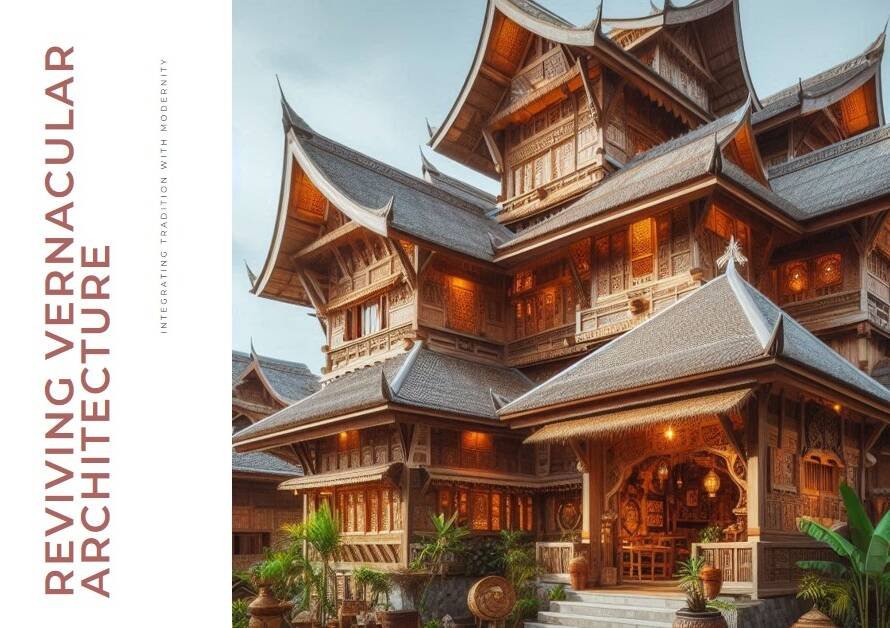
Table of Contents
1. Understanding Style in Architecture
To embark on the journey of developing your unique style as an architectural artist, it’s crucial to first understand what style means in the context of architecture. Style encompasses a range of elements such as form, materials, colors, textures, spatial organization, and cultural influences that define a building or design. It reflects your artistic vision, design principles, and personal aesthetics, setting your work apart from others in the field.
2. Study Architectural History and Movements
Delve into architectural history and study different design movements and styles that have shaped the built environment over centuries. Explore iconic works by renowned architects from various periods such as Classical, Gothic, Renaissance, Modernist, Postmodernist, and Contemporary movements. Analyze their design philosophies, use of materials, spatial compositions, and innovative approaches to design challenges. Extract inspiration from diverse sources to enrich your design vocabulary and perspective.
3. Define Your Design Philosophy
Developing a unique style begins with defining your design philosophy and principles. Reflect on what values, concepts, and ideas drive your approach to architecture. Consider factors such as sustainability, cultural context, human experience, functionality, aesthetics, and technological innovation. Your design philosophy serves as a guiding framework that informs design decisions, material choices, spatial configurations, and overall design language in your projects.
4. Cultivate Creativity Through Sketching and Ideation
Creativity is at the heart of architectural artistry. Cultivate your creative skills through regular sketching, ideation sessions, and concept development exercises. Sketching allows you to explore ideas freely, experiment with forms, perspectives, and compositions, and visualize design concepts in a fluid manner. Embrace digital tools for sketching and 3D modeling to complement traditional methods and bring your ideas to life with precision and detail.
5. Embrace Material Exploration and Experimentation
Materials play a pivotal role in defining architectural aesthetics, tactile experiences, and sustainability goals. Engage in material exploration and experimentation to discover unique combinations, finishes, textures, and sustainable options that align with your design ethos. Consider the expressive qualities of materials, their cultural significance, environmental impact, durability, and maintenance requirements in crafting distinctive architectural narratives.
6. Balance Innovation with Contextual Sensitivity
Striking a balance between innovation and contextual sensitivity is key to developing a unique style that resonates with both contemporary trends and cultural contexts. Innovate with design strategies, technologies, and sustainable practices while respecting site conditions, historical contexts, local traditions, and user needs. Blend modern design elements with contextual references to create timeless and site-responsive architectural solutions.
7. Collaborate and Seek Feedback
Collaboration and constructive feedback are invaluable in refining your design approach and evolving your unique style. Collaborate with multidisciplinary teams, mentors, fellow architects, artists, and industry experts to gain diverse perspectives, insights, and ideas. Participate in design workshops, competitions, and forums to showcase your work, receive critiques, and engage in meaningful discussions that challenge and inspire your creative journey.
8. Iterate, Refine, and Document Your Work
Design development is an iterative process that involves continuous refinement and evolution of ideas. Embrace feedback, iterate on design iterations, experiment with alternative solutions, and push boundaries to discover new possibilities. Document your design process, sketches, concept evolution, material studies, and design rationale to create a comprehensive portfolio that showcases your design thinking, creativity, and mastery of architectural expression.
9. Develop a Consistent Visual Language
Consistency in visual language and design principles strengthens your brand identity as an architectural artist. Develop a signature style in terms of form language, spatial organization, material palette, color schemes, lighting strategies, and graphic representation techniques. Infuse your projects with a cohesive narrative, emotional depth, and experiential qualities that reflect your unique perspective and design sensibilities.
10. Cultivate a Lifelong Learning Mindset


The journey of developing a unique style is a lifelong pursuit fueled by curiosity, passion, and continuous learning. Stay updated with emerging trends, technologies, materials, and design methodologies. Attend workshops, conferences, and educational programs to expand your knowledge, network with industry peers, and stay inspired. Embrace challenges as opportunities for growth, be open to experimentation, and let your evolving style reflect your artistic evolution and vision.
Embarking on the path to developing a unique style as an architectural artist requires dedication, creativity, and a deep understanding of design principles and influences. By immersing yourself in architectural history, defining your design philosophy, embracing creativity, collaborating with peers, and staying open to learning and feedback, you can craft a distinctive architectural language that leaves a lasting impression and contributes meaningfully to the built environment.


